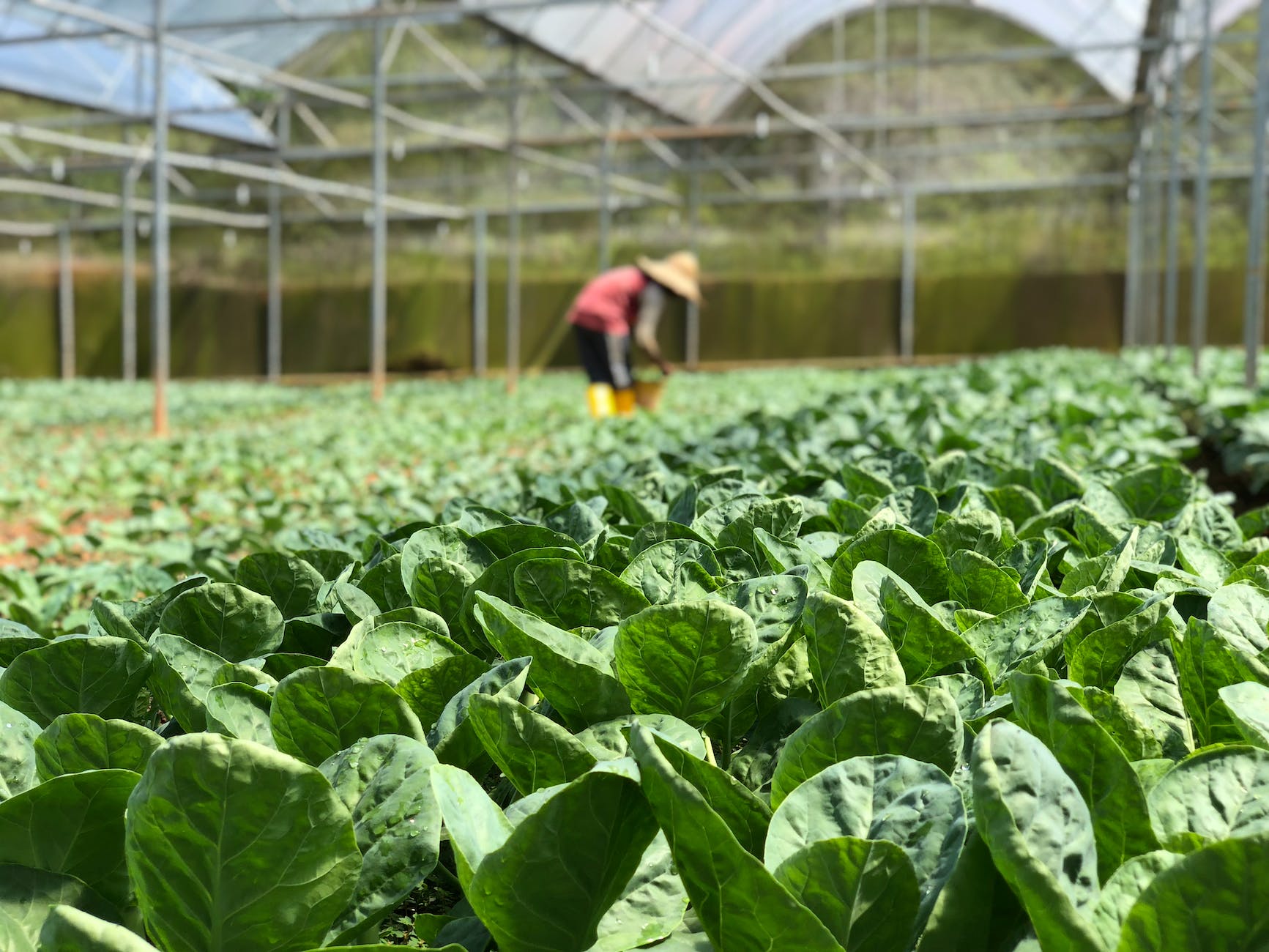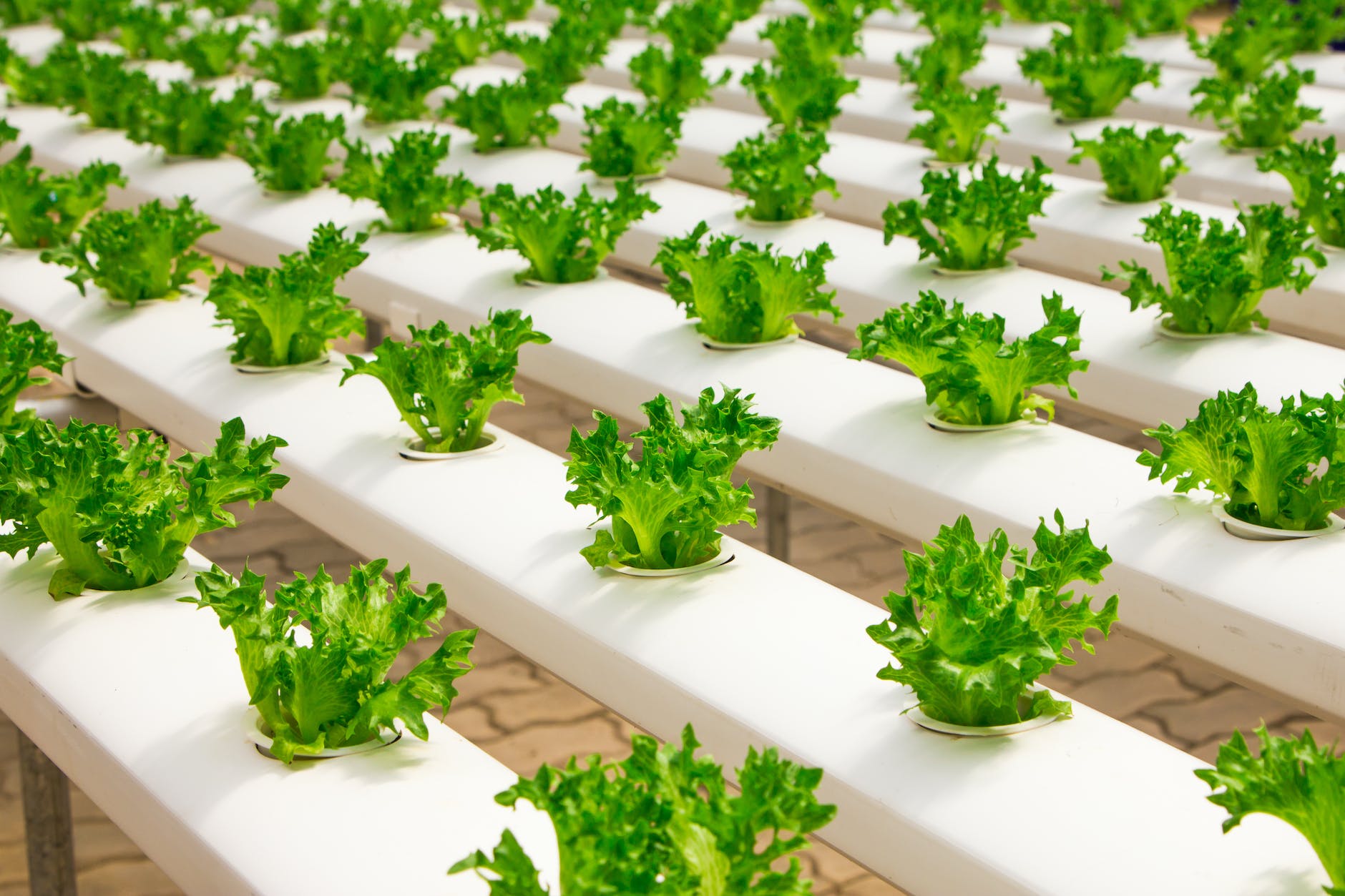Welcome to our comprehensive guide on the best crops for greenhouses in Kenya. In this article, we will provide you with valuable insights into the most suitable crops that thrive in greenhouse environments in Kenya’s unique climate. Whether you are a seasoned farmer or a novice looking to venture into greenhouse farming, we have got you covered. By leveraging our expertise and knowledge, we aim to help you outrank other websites and provide you with the highest quality content on this topic.
Benefits of Greenhouse Farming in Kenya
Before diving into the best crops for greenhouses in Kenya, let’s explore the numerous benefits of greenhouse farming in this region. Greenhouses offer a controlled environment that protects crops from extreme weather conditions, pests, and diseases. Some key advantages of greenhouse farming in Kenya include:
- Year-round cultivation: Greenhouses allow farmers to cultivate crops throughout the year, enabling consistent production and income generation.
- Protection against weather fluctuations: Unpredictable weather patterns won’t hinder crop growth as greenhouses provide a stable climate, shielding plants from excessive rain, drought, or temperature extremes.
- Pest and disease management: By providing a physical barrier, greenhouses minimize the risk of pest infestations and the spread of diseases, resulting in healthier crops and higher yields.
- Water conservation: Greenhouse farming promotes efficient water usage through controlled irrigation systems, reducing water wastage and ensuring optimal moisture levels for crop growth.
- Improved crop quality: The controlled environment of greenhouses allows farmers to produce higher-quality crops with enhanced color, taste, and nutritional value, attracting premium prices in the market.
The Best Crops for Greenhouses in Kenya
- Tomatoes: Kenya has favorable conditions for tomato cultivation in greenhouses. With proper care, tomatoes can be grown year-round and provide a lucrative source of income for farmers. Varieties such as Money Maker, Anna F1, and Tylka F1 are highly recommended for greenhouse tomato production.
- Capsicums (Bell Peppers): Greenhouse-grown capsicums are in high demand due to their vibrant colors, crisp texture, and sweet flavor. Varieties like California Wonder, Yolo Wonder, and Cubico F1 thrive well in Kenyan greenhouse conditions.
- Cucumbers: Cucumber cultivation in greenhouses offers excellent returns for farmers. Varieties such as Beit Alpha, Suyo Long, and Marketmore are known for their high yields and disease resistance, making them ideal for greenhouse cultivation.
- Lettuce: With a growing demand for fresh salads and greens, lettuce is a profitable crop for greenhouse farming. Varieties like Butterhead, Romaine, and Lollo Rossa can be grown successfully in greenhouses, providing a continuous supply throughout the year.
- Herbs: Culinary herbs like basil, parsley, cilantro, and thyme are well-suited for greenhouse cultivation in Kenya. These high-value crops have a short growth cycle and can be harvested multiple times, ensuring a steady income stream for farmers.
- Strawberries: Though strawberries require specific care, they can be grown successfully in greenhouses, offering a niche product with high market demand. Varieties such as Chandler, Sweet Charlie, and Albion thrive well in greenhouse conditions.
Tips for Successful Greenhouse Farming in Kenya
To ensure the best results and maximize your greenhouse farming success, here are some essential tips to consider:
- Invest in quality greenhouse structures: Opt for sturdy greenhouse structures made from reliable materials that can withstand Kenya’s climate and provide the necessary insulation for optimal crop growth.
- Monitor and control environmental factors: Regularly monitor temperature, humidity, and ventilation within the greenhouse. Install automated systems to regulate these factors and ensure the ideal growing conditions for your crops.
- Implement proper irrigation systems: Efficient irrigation is critical for greenhouse farming. Use drip irrigation or other suitable systems to provide crops with consistent water supply while minimizing wastage.
- Practice integrated pest management (IPM): Implement IPM techniques to control pests and diseases in an environmentally friendly manner. This includes using biological controls, crop rotation, and monitoring systems to minimize the use of chemical pesticides.
- Maintain proper crop nutrition: Regularly test the soil and provide adequate fertilization to meet the nutritional needs of your crops. Consult with agricultural experts to develop a tailored nutrient management plan.
Conclusion
In conclusion, greenhouse farming in Kenya presents excellent opportunities for cultivating high-value crops throughout the year. By selecting the best crops for greenhouses and implementing proper farming techniques, you can achieve impressive yields and outrank other websites in providing valuable information to farmers in Kenya and beyond.
Remember, successful greenhouse farming requires careful planning, attention to detail, and continuous learning. Stay updated with the latest advancements in greenhouse technology and agricultural practices to stay ahead in the competitive market.










